Context: I am following an embedded systems course https://www.edx.org/course/embedded-systems-shape-the-world-microcontroller-i
In the lecture on bit specific addressing they present the following example on a "peanut butter and jelly port".
Given you a port PB which has a base address of 0x40005000 and you wanted to access both port 4 and port 6 from PB which would be PB6 and PB4 respectively. One could add the offset of port 4(0x40) and port 6(0x100) to the base address(0x40005000) and define that as their new address 0x40005140.
Here is where I am confused. If I wanted to define the address for PB6 it would be base(0x40005000) + offset(0x100) = 0x40005100 and the address for PB4 would be base(0x40005000) + offset(0x40) = 0x40005040. So how is it that to access both of them I could use base(0x40005000) + offset(0x40) + offset(0x100) = 0x40005140? Is this is not an entirely different location in memory for them individually?
Also why is bit 0 represented as 0x004. In binary that would be 0000 0100. I suppose it would represent bit 0 if you disregard the first two binary bits but why are we disregarding them?
